News 4/18/12
Top News

Verizon Chairman and CEO Lowell McAdam, addressing the World Health Care Congress on Tuesday, outlines the challenges to US healthcare delivery and announces a relationship with NantWorks to create the Cancer Knowledge Action Network that will give physicians access to best practice treatment protocols. NantWorks is owned by billionaire Patrick Soon-Shiong. Excerpts from the transcript:
It’s now been almost three years since Congress authorized $27 B to fund the transition of electronic medical records, and in that time we’ve seen a tremendous amount of innovation across the whole health care marketplace. The CDC reports that 57 percent of America’s physicians have now adopted electronic medical records … Yet for all of this innovation, technology has yet to truly transform health care as it has other sectors of the economy. Doctors report that their productivity actually goes down, not up, when technology is introduced because of incompatible systems and frustrating interfaces. The amount of digitized medical information is rising exponentially, but systems still can’t talk to each other easily, in part because of the licensing and security issues unique to this industry … And maybe the most surprising thing in an anywhere-anytime age is that patients don’t have the seamless connection to their health care systems that technology affords them in every other facet of their lives … In order to realize the full disruptive potential of technology, we need holistic approaches to solve these fundamental issues and deliver next-generation health-care experiences to consumers … The World Health Organization has just published a report on the fantastic potential for using these wireless networks to deliver m- and e-health care solutions to the world’s population. They note that, while there are lots of small-scale m-health experiments going on, no one has really solved the security, interoperability and standardization problems that are getting in the way of delivering these vital services in a system-wide, worldwide basis in a secure and interconnected way. At Verizon we think it’s time to scale up.
Reader Comments
From Beth: “Re: AHIMA ICD-10 Summit. Pat Brooks, a senior technical advisor with AHIMA, just finished presenting. All indications is that 10/1/14 is go for ICD-10 implementation. Most important so far: CMS will continue the partial freeze on updating ICD-9 and ICD-10 codes until one year after ICD-10 implementation. They’ll go back to regular, annual code updates on 10/1/15.” More details on the partial code freeze here.
From Kevin: “Re: HIPAA fine. I found this blatant disregard for privacy shocking, but then I thought of all the other minor displays I’ve seen that are HIPAA violations.” Phoenix Cardiac Surgery (AZ) pays $100,000 to settle an Office for Civil Rights HIPAA investigation. The practice was posting its appointments publicly on an Internet-based calendar.
From Aspiring Philosopher: “Re KLAS and Epic. I notice a lot of, ‘they are the best of a bad lot’ commentary. That proposes an unspoken implication that paper records are superior and the inefficiencies of paper record keeping of today can be overlooked and are preferred over new technologies that are intended to improve safety and communication across practitioners. If the most money is spent developing the idealized products and we cannot get something better than ‘bad’ I don’t know where that will ultimately leave us. Thoughts?” The most important point: the naysayers aren’t the people using these systems and, in fact, usually aren’t providers at all, just preachy sideline watchers. That would be like not buying a car because a handful of people who don’t own one keep harping about how inferior they are to walking. If the feeling was widespread, you would see providers going back to paper in droves and that is just not happening – that’s the strongest of rebuttals to the “paper is better” argument. I even take KLAS reports with a big grain of salt because you just don’t know if their interviews with a particular provider really reflect the big-picture attitude there about a product. Taking the MBA viewpoint, vendors will match their effort vs. reward curves, and if customers keep buying (or keep paying maintenance fees), you’ll never see products get a lot better — think Detroit rustbuckets pre-Japanese imports. Also, much of what is labeled as product failure is user failure – providers who don’t really want to standardize or change or don’t have the skill to manage the process well – non-IT precedents are ample. The bottom line: there are only a dozen or so full-line hospital system vendors out there and all have successful and unsuccessful users, which indicates that there’s more to the equation than just which product is “better.” I’ve advocated in the past that user organizations should undergo the same subjective assessment before being allowed to implement patient-impacting technologies such as CPOE.
From Portnoy: “Re: Epic. They are working with the open source GT.M database to allow them to offer a free alternative to the expensive Cache’ so that smaller hospitals can afford to implement Epic.” Unverified, but it makes sense. Everybody (including me) obsesses with Epic’s success and Judy’s net worth, but it of all the money that has been made from companies with roots going back to Meditech in the 1960s, InterSystems may be on the leaderboard. Every time Epic makes another big sale, InterSystems sells a ton of per-user Cache’ licenses and collects yearly maintenance fees on every one of them forever. My information is dated, but when I last bought them for my hospital employer, seats were $1,000, as I recall, and the maintenance percentage was pretty steep.
From EHR Warrior: “Re: [vendor name omitted]. The certified EMR is next to dead. You talked to them awhile back and they just BS’ed you. Now they have sold off their IP to a mail drop in Texas. Nothing wrong about failure, but to stiff employees, creditors, and users with lies is hopefully unacceptable, even in this climate.” I’m leaving this as unverified for now since I haven’t been able to confirm. If anyone recognizes the company being described and has verifiable information, let me know.
HIStalk Announcements and Requests
![]() Last week I mentioned visiting the doctor and being geeked with my brush with technology. Alas, when I went for a follow-up appointment yesterday, my physician said she needed to fax my records over to a specialist. I had a momentary flashback to my neon yellow track suit and Jennifer Anniston haircut.
Last week I mentioned visiting the doctor and being geeked with my brush with technology. Alas, when I went for a follow-up appointment yesterday, my physician said she needed to fax my records over to a specialist. I had a momentary flashback to my neon yellow track suit and Jennifer Anniston haircut.
I ran an unverified rumor from Senor Ortega on Monday about a company he claims has ceased operations. I declined to name the subject of the rumor until I gave them a chance to respond to my inquiry. I haven’t heard anything back from Allocade, so the rumor is still unverified. That’s all I know. If the company wants to provide a response, I’ll run it.
Acquisitions, Funding, Business, and Stock
Humedica raises $10 million in a new round of funding, bringing its total VC investment to $63 million.
Healthcare robot maker Aethon gets an investment from Mitsui USA as part of its $7.1 million latest funding round.
ACO and health plan software vendor Lumeris will build a software engineering and innovation center in Austin, TX, announcing plans to immediately hire 100 technical workers.
Healthcare Growth Partners releases its quarterly M&A report. It says that there are a lot of companies out there acquiring based on what seems to be long-overdue healthcare change, but they should be cautious because a lot of moving parts are involved (government and provider financial challenges, for example.) Most of the acquisitions are going for 1-3 times revenue, but those involving promising technologies are at 3-5 times revenue, while the big-spending outsiders who want to jump into healthcare IT with both feet are paying even more than five times revenue. I always enjoy reading these reports since they are really like a thoroughly research business recap that puts everything in perspective.
Sales
![]() The board of directors of 37-bed Palm Drive Hospital (CA) will vote on the purchase new EMR and financial system within the next month. The hospital was set to approve a $3.8 million McKesson solution last month, but deferred the vote to determine if McKesson could interface its financial product with a clinical-only system designed by one of the hospital’s physicians. I admit it: I felt genuine pain for the McKesson rep who was thrown this last minute curve ball.
The board of directors of 37-bed Palm Drive Hospital (CA) will vote on the purchase new EMR and financial system within the next month. The hospital was set to approve a $3.8 million McKesson solution last month, but deferred the vote to determine if McKesson could interface its financial product with a clinical-only system designed by one of the hospital’s physicians. I admit it: I felt genuine pain for the McKesson rep who was thrown this last minute curve ball.
The Air Force awards LongView CIO Group a five-year, $985 million contract to provide management and professional support services to the Air Force Medical Service.
The urgent care franchise Doctors Express selects DocuTAP’s EMR and PM software for all its new urgent care centers and most of its existing facilities.
People
AsquareM Healthcare Consulting co-founders and managing partners Timothy Ogonoski and Victor Arnold have joined Huron Healthcare as managing directors.
Mental health research and technology non-profit Centerstone Research Institute promotes COO Tom Doub PhD to CEO.
Healthcare software usability firm PointClear names Justin Neece (above) as VP of corporate development and Jerry Hill as director of operations, technology practice.
Tom Stampiglia, formerly CEO of Medical Present Value, is named CEO of revenue cycle vendor Origin Healthcare Solutions.
Announcements and Implementations
Dell announces that its Clinical Service Desk is working with Mount Sinai Hospital (NY) to implement Epic.
Datalink deploys a $3 million unified virtual data center infrastructure for Cook County Health and Hospital Systems (IL) and two dozen of its facilities.
The American College of Surgeons and the CDC collaborate to use standardized quality measures and HIT resources to track, report, and prevent surgical site infections and other adverse outcomes.
North Hills Hospital (TX) implements VeinViewer, a computer-powered, hemoglobin-sensing instrument that projects the patient’s vein images on their skin, giving nurses a high probability of starting an IV on the first stick. It’s apparently been around for some time.
One of the winners of Penn’s Wharton Venture Award is 1Docway, an online doctor’s office in which patients can schedule appointments and connect to secure video chat with their physician.
Express Scripts is implementing ScreenRx, predictive software it developed that uses 400 factors to identify patients most likely to skip prescription refills so they can be contacted in advance. That must be an odd conversation to have.
Other
From KLAS: urgent care organizations are searching for EMRs to better manage their growth. Technologies under consideration includes ambulatory EMRs, ED solutions, and best-of-breed urgent care EMRs.
Memorial Healthcare System (FL) fires two employees who are suspected of accessing the names, dates of birth, and Social Security numbers of 9,500 patients with the intention of filing fraudulent tax returns.
Because it’s tax day, it seems appropriate to mention the thief who stole the identities of 56 patients at the Long Island Head Injury Association. The former manager used the personal information to file false tax returns and pocket the refunds.
A Mayo Clinic doctor develops a real-time ED dashboard that he says cuts patient ED stays by 30-60 minutes. A Mayo spokesperson says that on one occasion, it warned physicians that the patient they were discharging was having a heart attack. A consulting firm has licensed it to use with Microsoft Amalga.
![]() Where was this service post-HIStalkapalooza? An enterprising Las Vegas anesthesiologist launches Hangover Heaven, a converted 45-foot tour bus that serves up a hangover cure called “Salvation.” For $200, patients can hop on the bus and be infused with two bags of saline mixed with vitamins, ketorolac (an anti-inflammatory), and Zofran (for nausea.) I think even Mr. H would allow him himself to be over-served so he could be treated by the medical assistant “wearing a white, sexy nurse costume with white fishnet stockings and white knee-high boots.”
Where was this service post-HIStalkapalooza? An enterprising Las Vegas anesthesiologist launches Hangover Heaven, a converted 45-foot tour bus that serves up a hangover cure called “Salvation.” For $200, patients can hop on the bus and be infused with two bags of saline mixed with vitamins, ketorolac (an anti-inflammatory), and Zofran (for nausea.) I think even Mr. H would allow him himself to be over-served so he could be treated by the medical assistant “wearing a white, sexy nurse costume with white fishnet stockings and white knee-high boots.”
Weird News Andy likes this story, in which a surgeon with a MIT engineering degree restores a woman’s ability to speak using concepts he learned from studying jet engines. The woman’s vocal cords were destroyed 35 years ago in a car accident, after which she noticed when calling her parents for help that, “I sounded like Linda Blair in The Exorcist.” The engineer-surgeon rebuilt her larynx using muscle from other parts of her body, allowing her to speak. She concludes, “My husband probably thought he had it made … a woman who couldn’t talk.”
Strange: a 52-year-old UC Irvine Medical school physician and professor sues Johnny Depp, claiming that his bodyguards forcefully took her iPhone from her and then had her handcuffed by security at an Iggy and the Stooges concert as she took her assigned seat in the VIP area where Depp was sitting. She says she suffered extensive injuries that caused pain, insomnia, numbness, depression, insomnia, post-traumatic stress disorder, nightmares, and phobias that have left her unable to work.
Odd lawsuit: a 28-year-old South Dakota prisoner sues the hospital that circumcised him at birth, saying he just realized that he’s had the procedure. He wants $1,000 and surgery to have his foreskin put back.
Sponsor Updates
- Awarepoint CEO Jay Deady is featured in a podcast discussing hospitals’ substantial gains using RTLS solutions.
- Thomson Reuters releases its 100 Top Hospitals study.
- Hayes Management Consulting announces that its revenue cycle business has tripled from March 2011 to March 2012.
- Greenway Medical provides an update on the 2012 PQRS incentive pathways and qualifications.
- eClinicalWorks recognizes several customers for achieving NCQA Level 3 Physician Practice Connections PCMH status.
- Santa Rosa Consulting offers an explanation of the the CMS readmission reduction program timeline and penalties.
- AT&T mHealth introduces the WellDoc DiabetesManager application, which aids in disease management and cost control.
- MaxIT Healthcare ranks No. 5 in Indy’s Top Workplaces for 2012.
- CynergisTek CEO Mac McMillan discusses security and privacy solutions at several upcoming April events.
Contacts
Mr. H, Inga, Dr. Jayne, Dr. Gregg.
More news: HIStalk Practice, HIStalk Mobile.














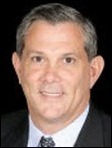
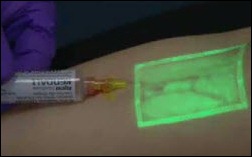


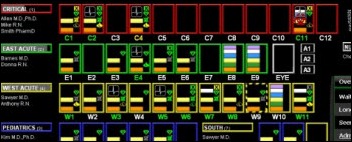


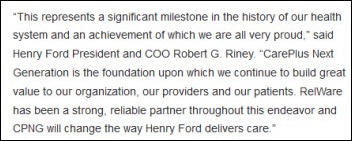

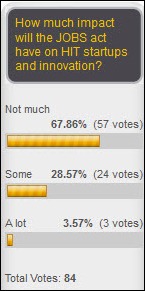



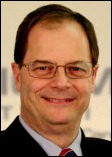






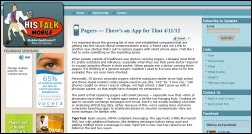





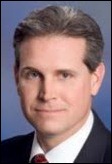


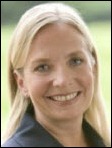
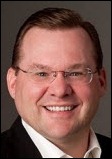






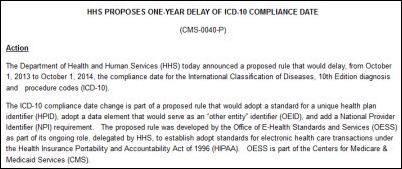
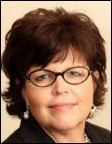



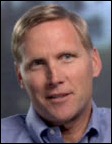
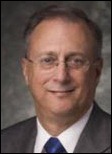
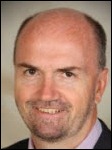

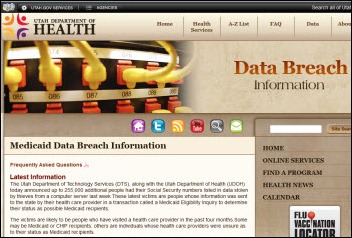

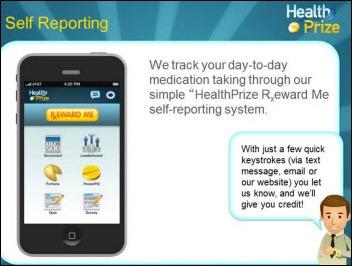




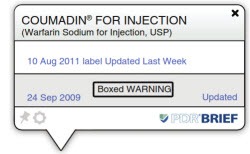















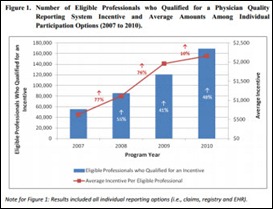


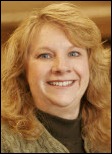



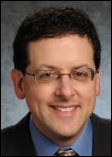






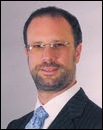

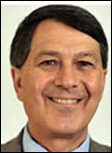






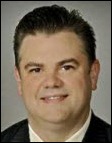
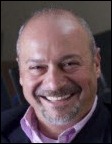
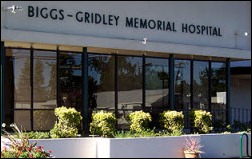

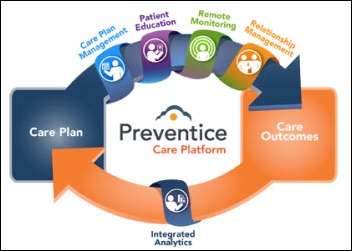



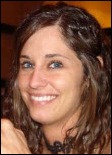
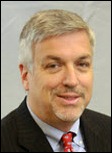
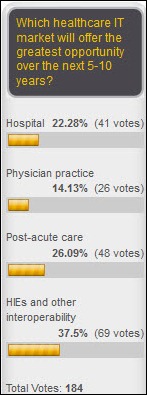
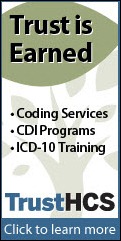





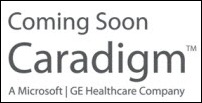




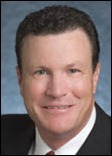











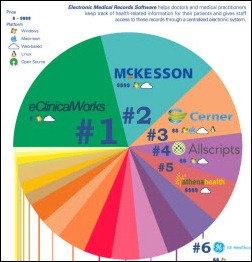
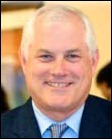



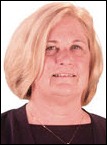
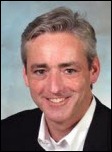

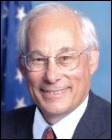
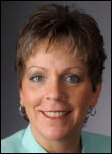

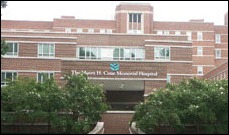
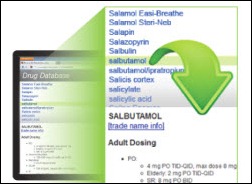
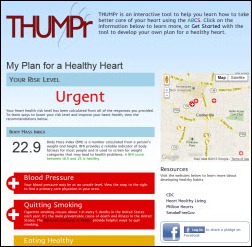




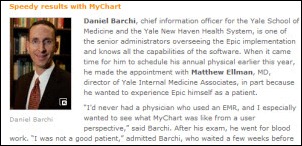





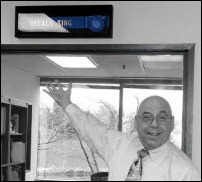

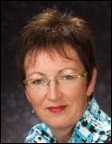
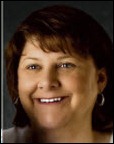
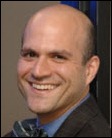








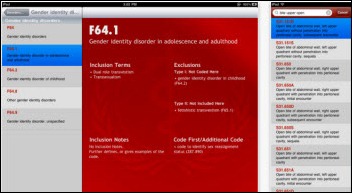





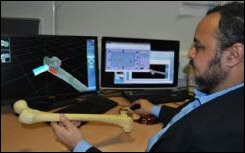
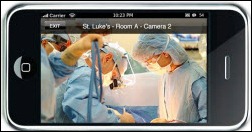


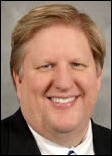
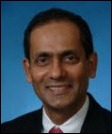


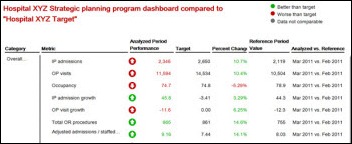





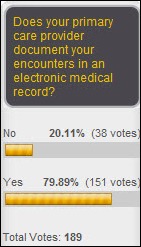




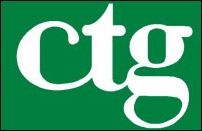





























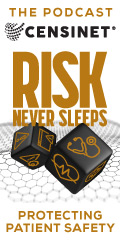









































































Would have liked to have seen more about Expanse here. Would like to see more about it on this site…